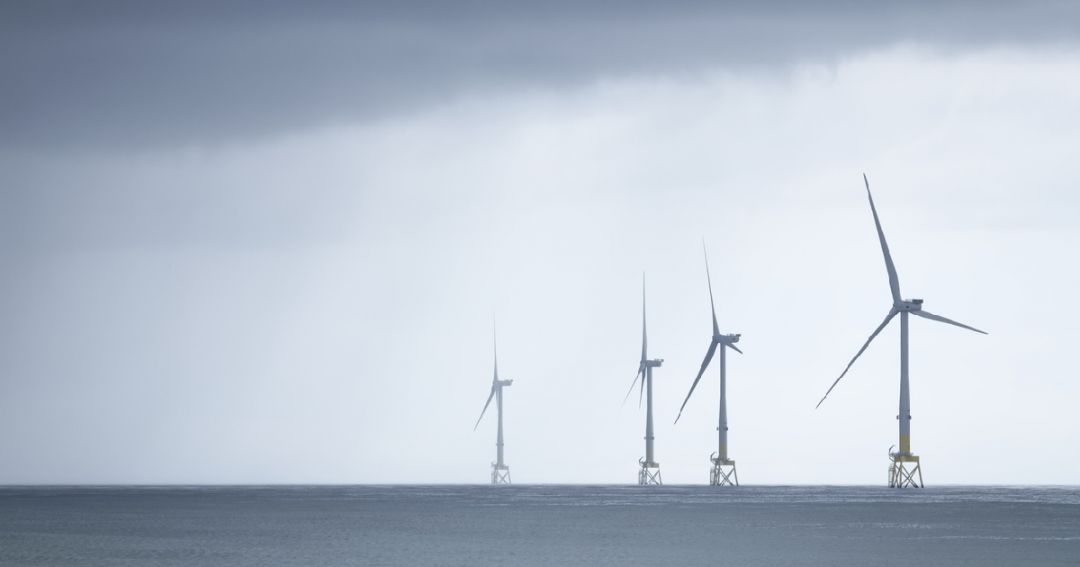The Impact of Scotwind on the Future of Offshore Wind


Nick Terry, Head of WTG Substructures, shares his thoughts on the Scotwind award of seabed leases below.
There is no doubt about it – the Scotwind award of seabed leases is a significant moment in the history of offshore wind for both Scotland and the UK. The list of projects awarded leases adds up to nearly 25 gigawatts of generating capacity, more than double the 11GW currently installed in the UK. For Scotland in particular, this is a huge jump in relation to the 1GW currently operational.
While 25GW feels like a big deal, we shouldn’t get ahead of ourselves. It will be the next decade before most of these projects begin generating, and it is far from certain that all of the projects awarded will progress to construction. What this award does show, however, is the level of confidence in the market that these projects will go ahead and be profitable. For many developers, this confidence is based on the experience gained from past projects, but Scotwind is notable for a significant number of new entrants to the market looking to play a part in the ongoing growth of renewables.
Whilst developers have spent many months preparing business plans and proposals, in some ways the award of the seabed lease can be seen as the real start of an offshore wind project. What follows will be a process of site surveys and monitoring, environmental impact assessments, and technology development – an undertaking that means it will be many years before any orders are placed for wind turbines. This, of course, will all be happening in parallel with existing projects and it will likely be 2030 at least before we see some of the first fixed-foundation Scotwind sites reaching completion. With several GW-scale wind farms already under development, it’s clear that Scotland will not be hanging around in the meantime. With the 950MW Moray East and 1GW Seagreen wind farms both becoming operational during 2022, Scottish offshore wind is expected to reach >11GW even before the Scotwind sites start to come online. Scotwind is a big jump forward, but it will be realised gradually and will build on an increasing wealth of experience to be earned over the coming years.
A major feature of the Scotwind award is the high number of floating wind farms proposed. The greater water depths of Scottish waters, compared with more southerly regions of the North Sea, has meant that more expensive foundations have typically been necessary, sometimes slowing development. The expansion of floating wind offers access to wind resource that would not be economically viable with fixed foundations and may precipitate a step-change in the development of floating wind farms around the world. Until now, the world’s largest floating wind farm has a generating capacity of around 50MW, so the prospect of a 3GW floating wind farm really gives pause for thought. Big challenges remain for floating offshore wind, such as construction and logistics, but with developers already committing large sums of money it is only a matter of time before floating wind starts to accelerate. With Scotland determined to support this growth, it is possible that Scotwind could be a major moment in the development of floating wind globally.
Scotwind sets out a vision for the future of offshore wind in Scotland, a vision which is evidently shared by a wide range of developers, and which for floating wind may be a global vision. It will take some time, and require innovative solutions and collaborative partnerships, but scale and variety of Scotwind projects puts Scotland firmly on course to play a major role in the future of offshore wind.

Nick joined SLPE in 2021 as the Head of SLPE’s Wind Turbine Generator (WTG) Substructures design. He is an engineering manager and principal structural/mechanical engineer with more than 10 years’ experience in the design and analysis of monopiles and jackets for offshore wind farms. Find out more about Nick.